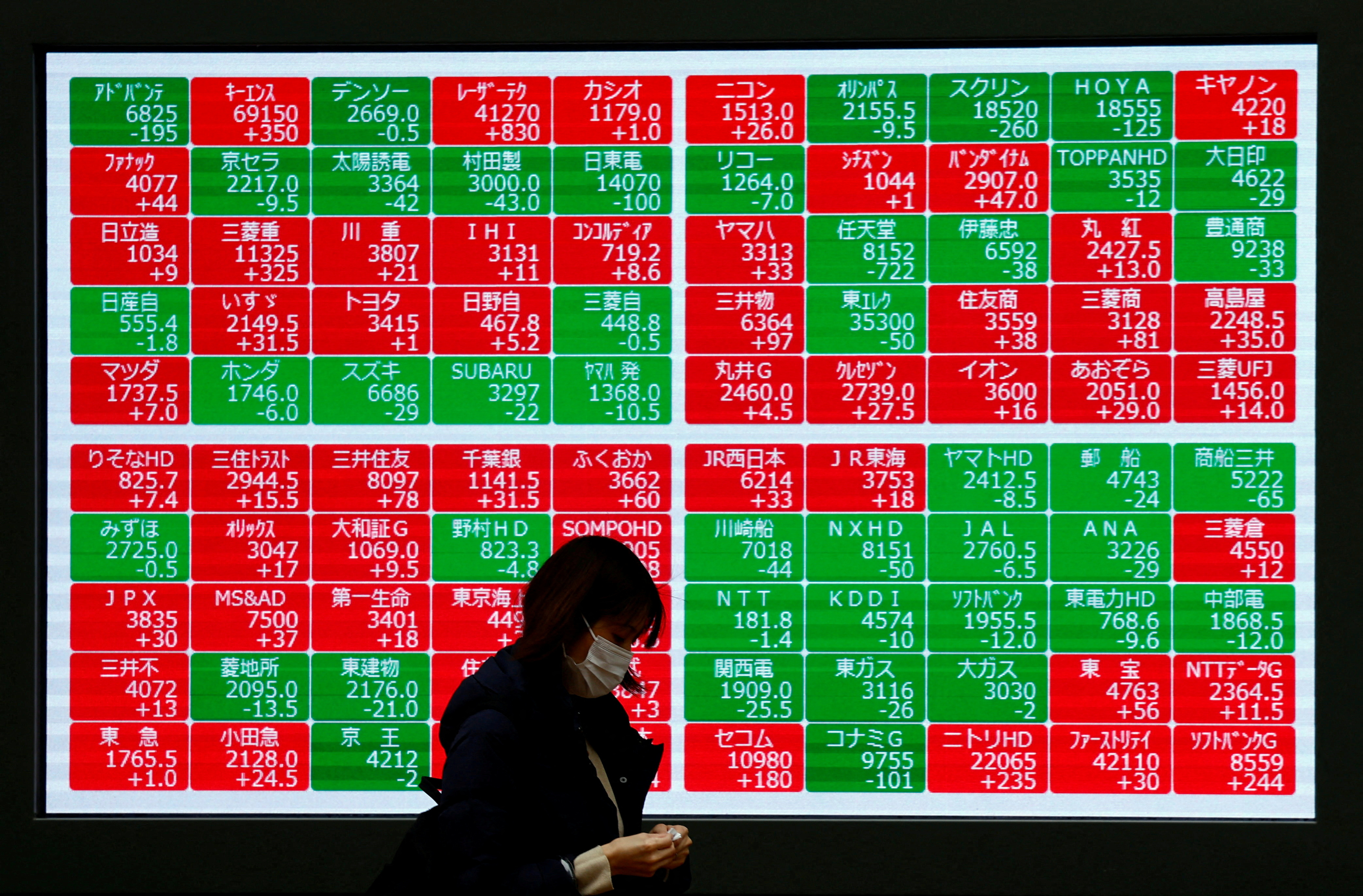
New Delhi: India Negotiating Bilateral Investment Treaties to Promote Foreign Inflows

India is currently engaged in negotiations for bilateral investment treaties with various countries in order to promote foreign inflows, according to Finance Minister Nirmala Sitharaman. She highlighted that foreign direct investment (FDI) has doubled from USD 596 billion during 2014-23 compared to the inflow received between 2005-14.
Emphasis on Sustainable Development Goals (SDGs)
Sitharaman emphasized the importance of sustained foreign investment in achieving the Sustainable Development Goals (SDGs). She stated, “For encouraging sustained foreign investment, we are negotiating bilateral investment treaties with our foreign partners, in the spirit of ‘first develop India’.”
India’s Negotiations and Investment Protection
- India is currently negotiating bilateral investment treaties with countries such as the UK.
- These investment treaties aim to promote and protect investments in each other’s countries.
- These pacts are crucial for India, as it has previously lost two international arbitration cases against British telecom giant Vodafone and Cairn Energy plc of the UK over the retrospective levy of taxes.
Economic Think Tank’s Perspective
Economic think tank GTRI commented on the significance of bilateral investment treaties (BITs) for India. It highlighted the need for India to align its treaties with global investment practices, address negative perceptions caused by mass treaty cancellations, and reflect on its negotiation skills. GTRI stated that new agreements should ideally resolve these concerns.
GTRI also mentioned that India had canceled 77 out of its over 80 BITs by 2016 due to misalignment with its interests. Currently, India is renegotiating with 37 countries using the restrictive 2016 Model BIT. This may lead to protracted negotiations due to its narrow definition of “investment,” vague terms, omission of principles like “fair and equitable treatment,” and Most-Favored Nation status.
GTRI co-founder Ajay Srivastava added that the model BIT also requires investors to seek local solutions for at least five years before arbitration, making new BITs challenging for other countries.
Foreign Direct Investment (FDI) Inflows in India
According to government data, foreign direct investment (FDI) equity inflows in India declined by 24% to USD 20.48 billion in April-September 2023. The total FDI, including equity inflows, reinvested earnings, and other capital, contracted by 15.5% to USD 32.9 billion during the same period.
Key Sectors Attracting FDI
The top investor countries in India include Singapore, Mauritius, the US, the UK, and the UAE. Key sectors attracting FDI into India are computer software and hardware, trading, services, telecommunication, automobile, pharma, and chemicals.
An official previously mentioned that the hardening interest rates globally and worsening geopolitical situation have impacted FDI inflows into India in 2022-23.
SDGs, Targets, and Indicators
-
SDG 8: Decent Work and Economic Growth
- Target 8.1: Sustain per capita economic growth in accordance with national circumstances and, in particular, at least 7 percent gross domestic product growth per annum in the least developed countries
- Indicator 8.1.1: Annual growth rate of real GDP per capita
- Indicator 8.1.2: Proportion of informal employment in non-agriculture employment, by sex
-
SDG 16: Peace, Justice, and Strong Institutions
- Target 16.3: Promote the rule of law at the national and international levels and ensure equal access to justice for all
- Indicator 16.3.1: Proportion of victims of violence in the previous 12 months who reported their victimization to competent authorities or other officially recognized mechanisms
| SDGs | Targets | Indicators |
|---|---|---|
| SDG 8: Decent Work and Economic Growth | Target 8.1: Sustain per capita economic growth in accordance with national circumstances and, in particular, at least 7 percent gross domestic product growth per annum in the least developed countries | Indicator 8.1.1: Annual growth rate of real GDP per capita |
| SDG 8: Decent Work and Economic Growth | Target 8.1: Sustain per capita economic growth in accordance with national circumstances and, in particular, at least 7 percent gross domestic product growth per annum in the least developed countries | Indicator 8.1.2: Proportion of informal employment in non-agriculture employment, by sex |
| SDG 16: Peace, Justice, and Strong Institutions | Target 16.3: Promote the rule of law at the national and international levels and ensure equal access to justice for all | Indicator 16.3.1: Proportion of victims of violence in the previous 12 months who reported their victimization to competent authorities or other officially recognized mechanisms |
Analysis
1. Which SDGs are addressed or connected to the issues highlighted in the article?
The SDGs addressed or connected to the issues highlighted in the article are SDG 8: Decent Work and Economic Growth and SDG 16: Peace, Justice, and Strong Institutions.
2. What specific targets under those SDGs can be identified based on the article’s content?
Based on the article’s content, the specific targets that can be identified are:
– Target 8.1: Sustain per capita economic growth in accordance with national circumstances and, in particular, at least 7 percent gross domestic product growth per annum in the least developed countries.
– Target 16.3: Promote the rule of law at the national and international levels and ensure equal access to justice for all.
3. Are there any indicators mentioned or implied in the article that can be used to measure progress towards the identified targets?
Yes, there are indicators mentioned in the article that can be used to measure progress towards the identified targets:
– Indicator 8.1.1: Annual growth rate of real GDP per capita.
– Indicator 8.1.2: Proportion of informal employment in non-agriculture employment, by sex.
– Indicator 16.3.1: Proportion of victims of violence in the previous 12 months who reported their victimization to competent authorities or other officially recognized mechanisms.
These indicators can provide insights into the economic growth, employment conditions, and access to justice in India.
4. Create a table with three columns titled ‘SDGs, Targets and Indicators” to present the findings from analyzing the article.
| SDGs | Targets | Indicators |
|---|---|---|
| SDG 8: Decent Work and Economic Growth | Target 8.1: Sustain per capita economic growth in accordance with national circumstances and, in particular, at least 7 percent gross domestic product growth per annum in the least developed countries | Indicator 8.1.1: Annual growth rate of real GDP per capita |
| SDG 8: Decent Work and Economic Growth | Target 8.1: Sustain per capita economic growth in accordance with national circumstances and, in particular, at least 7 percent gross domestic product growth per annum in the least developed countries | Indicator 8.1.2: Proportion of informal employment in non-agriculture employment, by sex |
| SDG 16: Peace, Justice, and Strong Institutions | Target 16.3: Promote the rule of law at the national and international levels and ensure equal access to justice for all | Indicator 16.3.1: Proportion of victims of violence in the previous 12 months who reported their victimization to competent authorities or other officially recognized mechanisms |
Behold! This splendid article springs forth from the wellspring of knowledge, shaped by a wondrous proprietary AI technology that delved into a vast ocean of data, illuminating the path towards the Sustainable Development Goals. Remember that all rights are reserved by SDG Investors LLC, empowering us to champion progress together.
Source: m.economictimes.com

Join us, as fellow seekers of change, on a transformative journey at https://sdgtalks.ai/welcome, where you can become a member and actively contribute to shaping a brighter future.






